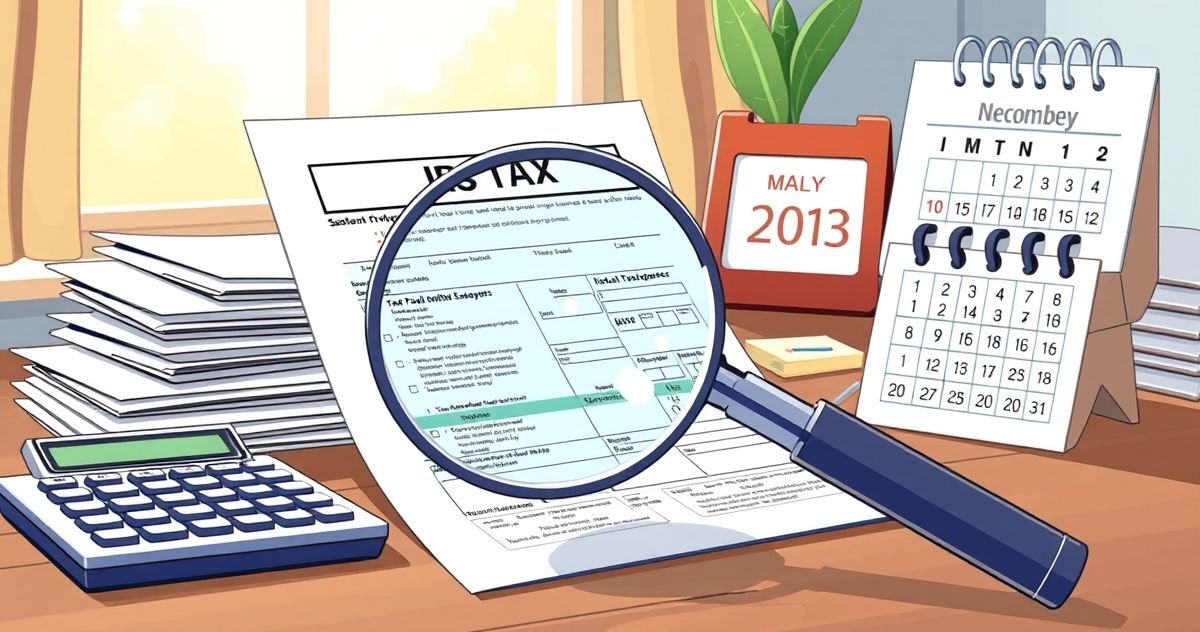Understanding the State Historic Tax Credit
The State Historic Tax Credit (SHTC) is a crucial financial mechanism designed to encourage the preservation and rehabilitation of historic properties. This tax credit is provided by state governments to incentivize property owners and developers to undertake restoration projects that maintain the historical and architectural integrity of buildings that contribute to a community’s heritage. By offsetting a portion of renovation costs, the SHTC aims to make the often costly endeavor of preserving historic sites more financially viable.
What is the State Historic Tax Credit?
At its core, the State Historic Tax Credit is a financial incentive that allows property owners to reduce their state income tax liability in exchange for rehabilitating historic properties. The primary purpose of offering such tax credits is to make these preservation projects attractive and feasible, balancing the often high costs associated with restoring older buildings while preserving a community’s cultural and historical fabric.
Key Features of the State Historic Tax Credit
- Eligibility Criteria: Typically, a property must be listed on the state’s register of historic places or be deemed a contributing building within a registered historic district to qualify for the SHTC.
- Percentage of Credit: The credit amount can vary between states but often represents a percentage of the qualified rehabilitation expenses incurred during the restoration, such as 10-30% of the eligible costs.
- Companion to Federal Credits: Many states allow the SHTC to be used in conjunction with Federal Historic Tax Credits, further boosting the financial viability of large-scale projects.
- Assignable and Transferable: In certain jurisdictions, tax credits may be assigned or sold to other taxpayers, which increases financial flexibility and project financing options.
Filing and Compliance Requirements
To claim the State Historic Tax Credit, property owners must adhere to specific filing and compliance guidelines set by the state in which the property is located:
- Pre-Approval: Applicants must typically submit detailed plans and photographs of the property to a designated state historic agency for approval. This pre-approval process ensures that the proposed renovations will adhere to prescribed historical standards.
- Adherence to Secretary of the Interior’s Standards: Projects must comply with guidelines that ensure changes are consistent with the preservation of the property’s architectural character.
- Documentation: Upon project completion, comprehensive documentation, including receipts, architectural plans, and photographic evidence, must be submitted to verify the rehabilitation expenses and compliance with stipulated guidelines.
- Filing Tax Forms: A series of special tax forms, sometimes accompanied by the state’s confirmation of compliance, must be filed with the taxpayer’s state income tax return to officially claim the credit.
Penalties or Consequences for Non-Compliance
Non-compliance or failure to adhere to application and rehabilitation standards can have significant consequences:
- Denial of Credit: The most immediate consequence is the denial of the tax credit claim if the rehabilitation project deviates from approved plans.
- Recapture of Credit: If a project is deemed non-compliant after the credit has been issued, states may require repayment of credits previously granted.
- Financial Setbacks: Without the anticipated tax credits, project financing plans may falter, which could place the entire rehabilitation project at financial risk.
Importance of the State Historic Tax Credit
The significance of the State Historic Tax Credit cannot be overstated. It plays a pivotal role in making sure our heritage is preserved for future generations:
- Economic Revitalization: Historic tax credits can lead to economic revitalization, especially in aging areas, as they encourage investment in older neighborhoods, resulting in increased property values and community renewal.
- Cultural Preservation: By protecting architecturally significant properties, SHTC helps retain the unique identity and charm of communities, which might otherwise be lost to modern development pressures.
- Job Creation: The rehabilitation of historic properties tends to be labor-intensive, creating more local jobs compared to new construction.
Overall, the State Historic Tax Credit serves as a vital tool for both tax resolution purposes and the broader goal of conserving historical and cultural legacies. Its thoughtful structure and strategic implementation allow property owners to balance the books while preserving the stories and character that make communities unique.



